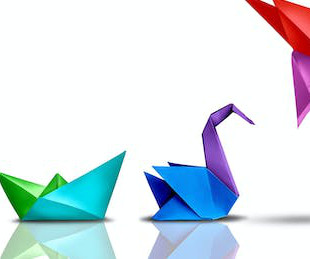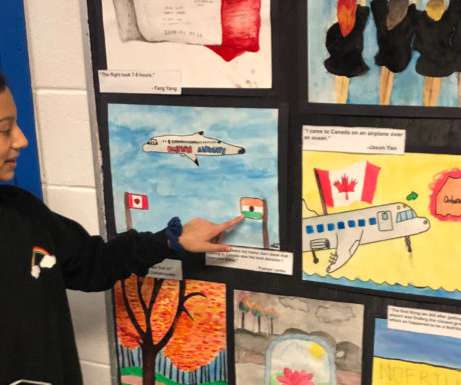Common Misconceptions of Educators Who Fear Technology
A Principal's Reflections
APRIL 30, 2012
These skill sets include critical thinking/problem solving, media literacy, collaboration, creativity, technological proficiency, and global awareness. To truly create an innovative culture of learning we must not fear failure either. There are also numerous free webinars available throughout the year.















Let's personalize your content